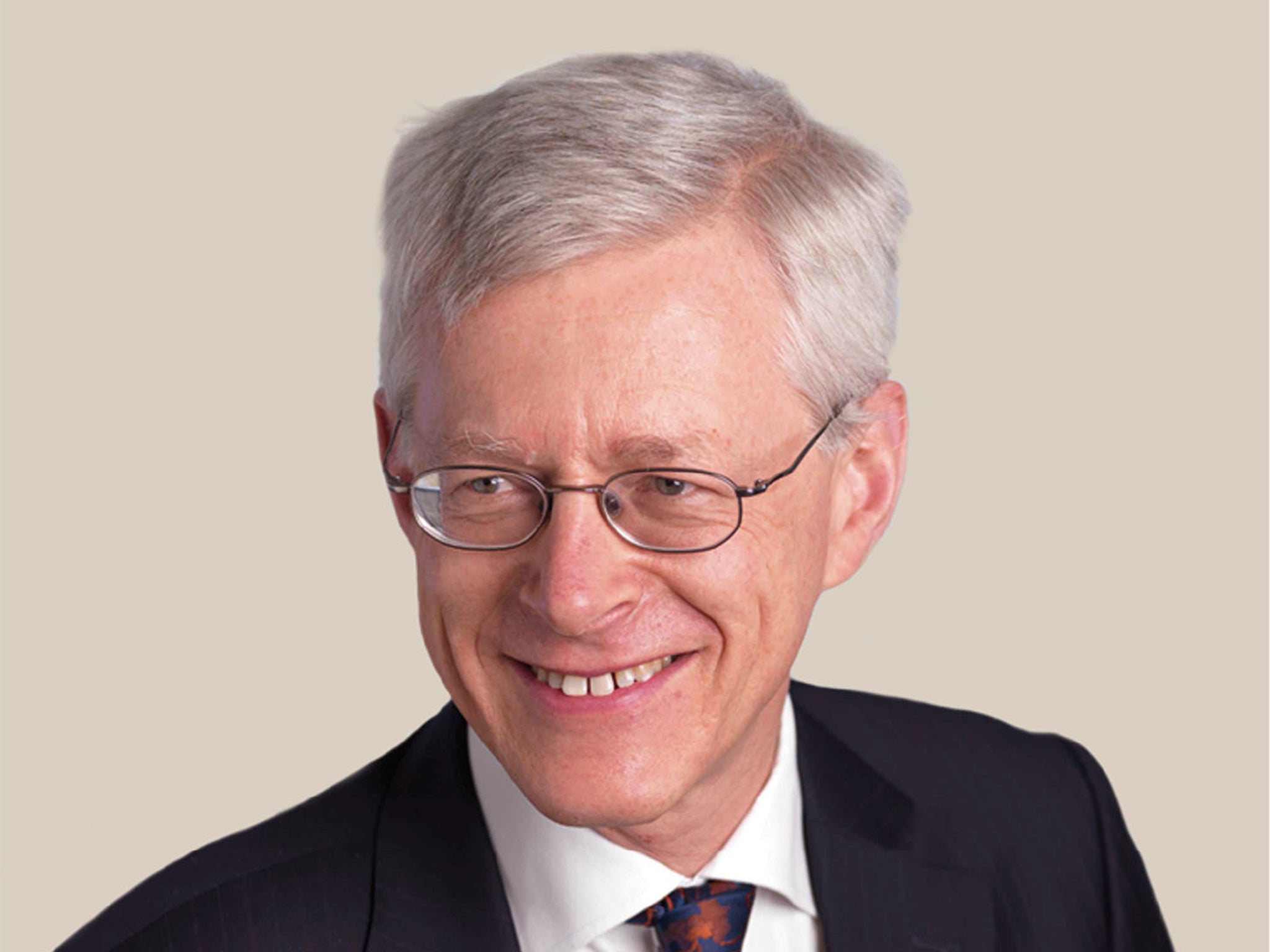Bank of England poised for negative interest rates if ‘it becomes appropriate’
MPC rate-setter Martin Weale does not rule out move but is wary of side-effects

The Bank of England stands ready to cut interest rates again if needed but is wary of the potential side-effects of slashing borrowing costs into negative territory, Martin Weale, one of its rate-setters, has warned.
The Monetary Policy Committee cut rates to 0.5 per cent seven years ago, but refused to move them even lower than that in the immediate aftermath of the financial crisis, for fear of delivering a further blow to the profitability of already weak banks.
But Mr Weale said that the recent improvement in bank balance sheets meant that there was “room to reduce Bank Rate below 0.5 per cent should that become appropriate”.
Although the MPC currently remains unanimous in keeping rates on hold, the weakness in financial markets since the start of the year, near-zero inflation and mounting evidence of a UK slowdown has bolstered the case of the Bank’s doves – the chief economist Andy Haldane and external member Gertjan Vlieghe.
Mr Weale stressed recent signs of recovery in financial markets and commodity prices, adding that “it is appreciably more likely that monetary tightening rather than monetary easing will be needed in the UK over the next two years”. The rate-setter, who was voting for a rise in early 2015, also hinted that wage pressures were firmer than the headline figures – annual growth of 1.9 per cent –suggested.
But he added that if needed the scope to expand the Bank’s £375bn money-printing programme was “substantial” while the obstacles to rate cuts were “no longer material”.
The issue of negative interest rates however remains “very real”, the rate-setter said, after the Bank of Japan joined the European Central Bank as well as central banks in Sweden, Denmark and Switzerland in pioneering the unconventional policy tool. The ECB is expected to cut its deposit rate even further into negative territory tomorrow.
By in effect charging banks to hold reserves at the central bank, negative rates theoretically encourage them to use the funds elsewhere by loans to the private sector. But the Bank for International Settlements – the central bank’s bank – this week cited evidence that Swiss banks had not introduced negative rates on customers’ savings – but had instead increased costs on loans such as mortgages to curb losses.
Mr Weale said: “There is a risk of adverse side-effects, and it would be wrong to introduce negative interest rates without being confident that these side-effects were going to be small.” Limiting negative interest rates to wholesale deposits rather than the domestic economy would also only impact the exchange rate, he added, meaning the policy can resemble beggar-my-neighbour exchange rate management.
Join our commenting forum
Join thought-provoking conversations, follow other Independent readers and see their replies
Comments